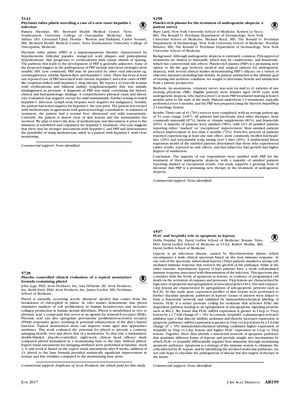PLAU and SerpinB2 Role in Apoptosis in Leprosy
May 2017
in “
Journal of The American Academy of Dermatology
”

TLDR PLAU and SerpinB2 affect cell death differently in various forms of leprosy and could be targets for new treatments.
The document reports on a study that investigated the role of PLAU and SerpinB2 in apoptosis within the context of leprosy, an infectious disease caused by Mycobacterium leprae. The study found that PLAU, a serine protease, was expressed at higher levels in lepromatous leprosy (L-lep) lesions compared to tuberculoid leprosy (T-lep) lesions, with a 1.7 fold increase (P<.05). Conversely, SerpinB2, an inhibitor of urokinase that promotes apoptotic pathways, was expressed at higher levels in T-lep lesions compared to L-lep lesions, with a 5.6 fold increase (P<.05). Immunohistochemical labeling confirmed these findings. The study concludes that these proteins are part of a functional network of apoptotic pathways that modulate different forms of leprosy, suggesting that they could be potential targets for future therapies. The study aimed to provide insight into the mechanisms by which PLAU and SerpinB2 differentially regulate host immunity by modulating apoptotic pathways, which is a strategy of the immune system to eliminate cells infected by M. leprae.



